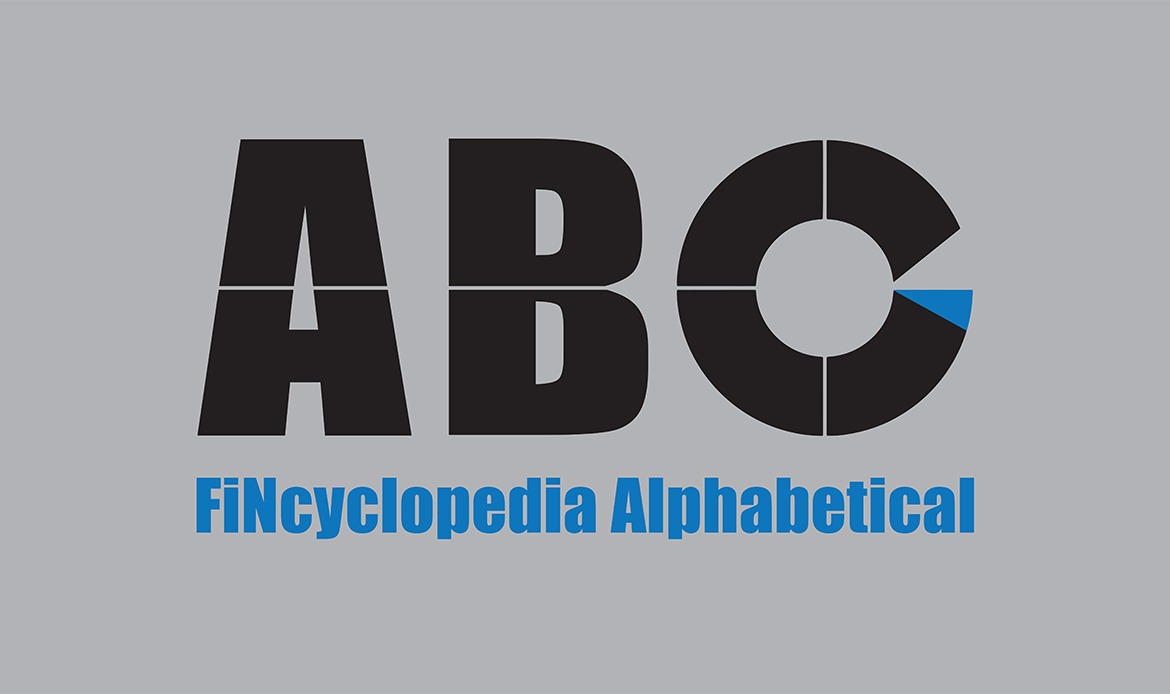The implied cost of an embedded option– i.e., an option embedded in a security. It is the difference between the option-adjusted spread (OAS) at the assumed volatility of interest rates and the static spread (zero-volatility spread):
Option cost= static spread – OAS
The cost might be negative or positive. For example, callable bonds and mortgage pass thrus have a positive option cost, meaning that their static spread exceeds their option-adjusted spread, in which case the investor is the seller of the option (short option). The opposite is true for putable bonds, where OAS is larger than static spread (because the investor has the right to change the associated cash flows), where the investor is the buyer of the option (long option).





Comments